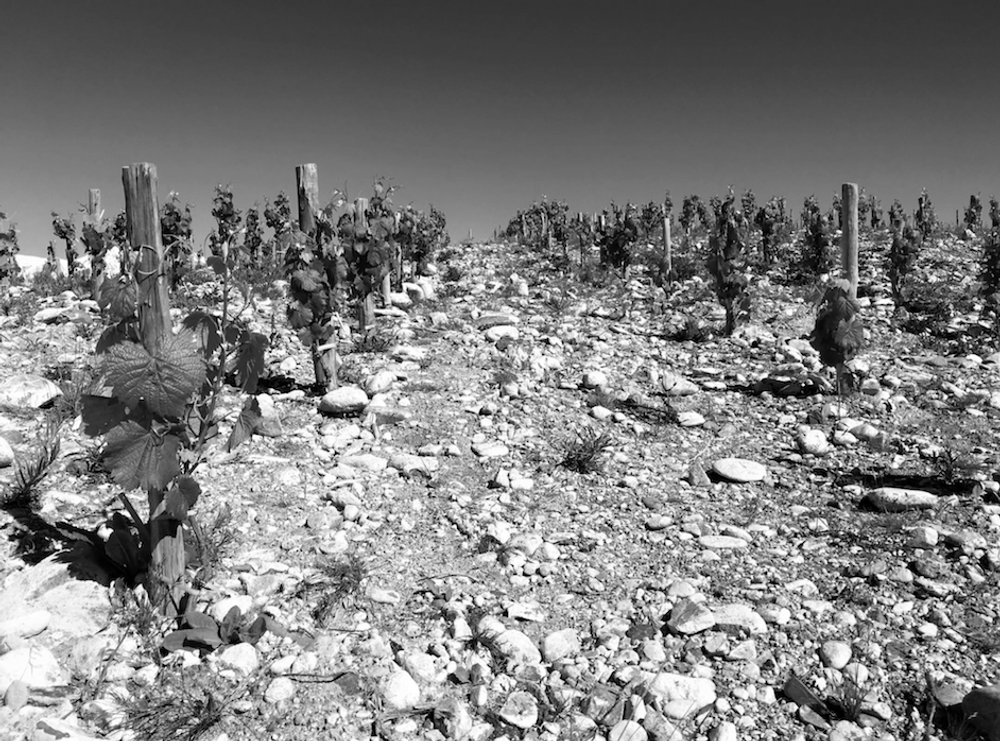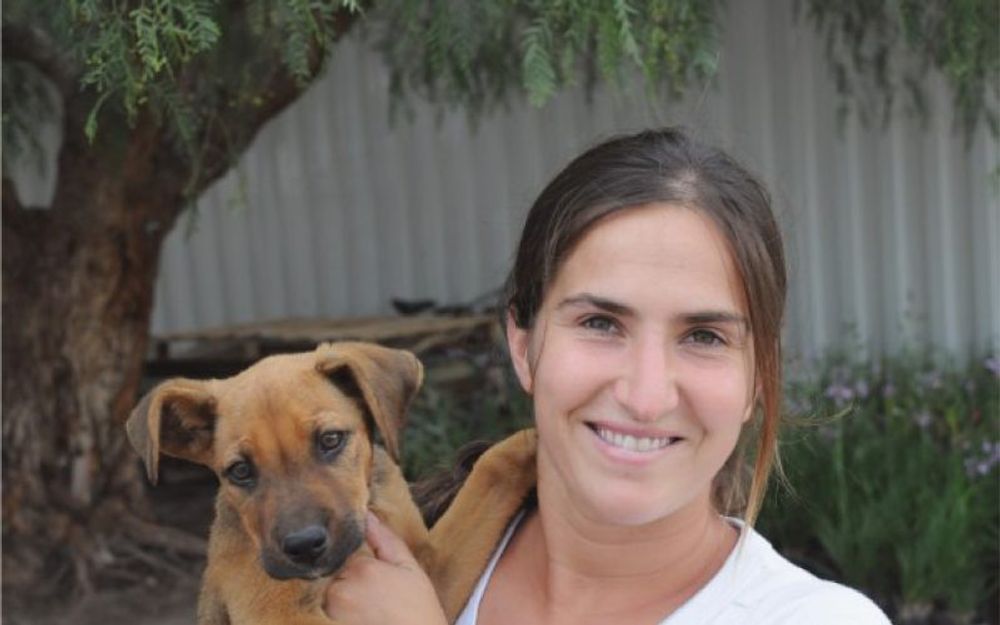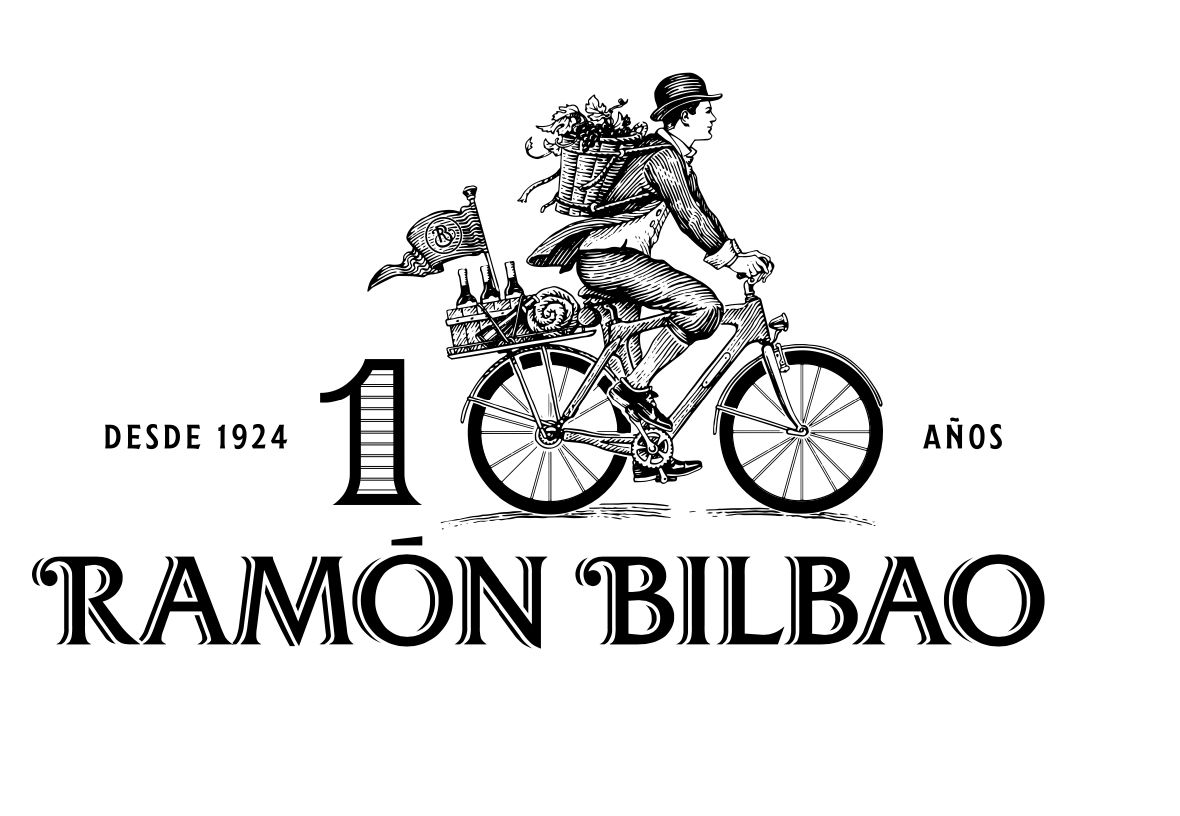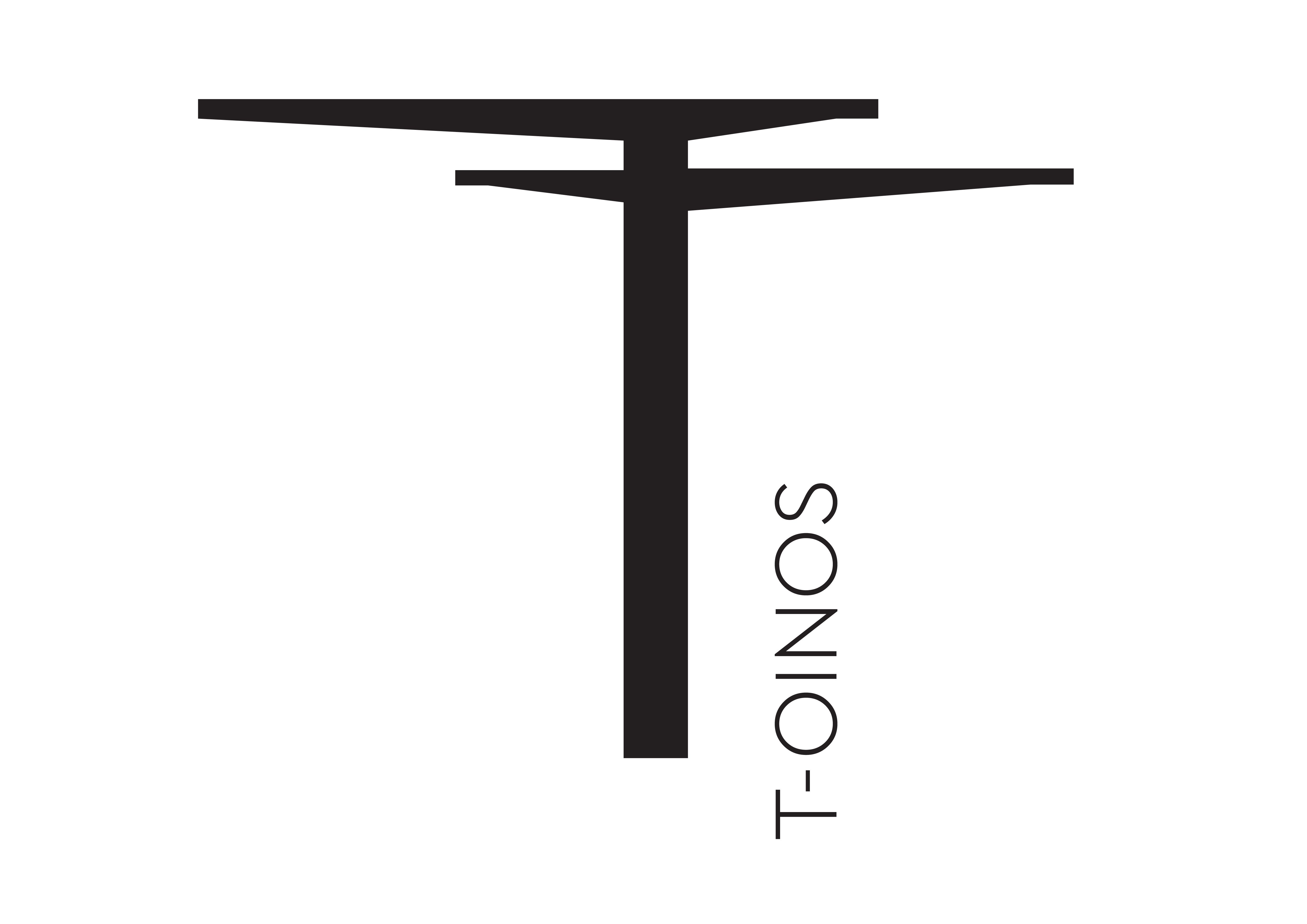“In South Africa there’s an element of cultural cringe. Do our wines really deserve 100 points? That sort of thing. In Argentina, it’s the opposite. Why has it taken you so long? they ask me!,” says Atkin.

Vineyard at PerSe, Gualtallary, Uco Valley – the source for Atkin’s only wine in South America to be handed a 100-point score.
Tim Atkin MW is a wine writer who has been a regular visitor to Argentina since 1992, although all tastings this year of the Argentina 2019 vintage took place in the UK. The 2019 vintage is the subject of his ninth Argentina Special Report, 2021 for which 1,847 wines were tasted from 299 wineries…and he doesn’t have a red nose to show for it.
Peter Dean: You’ve said that the Argentina 2019 vintage is the best you’ve tasted. Could you explain in more depth what you mean?
Tim Atkin MW: The crucial thing is that, by Argentinian standards, it was cool, so it has produced wines with finesse and balance. Some people have compared it to 2016, but 2016 was much wetter, so there was more pressure to pick. In 2019, people could take their time. 2019 is also a bit like 2013, the last great vintage in Argentina for me, but viticulture and winemaking are better today than they were even eight years ago. So it’s a combination of factors.
What has made it so good?
See above, but it’s important to add that Argentinian winemakers are much more comfortable with cooler, later vintages than they used to be. I think that, if anything, they complement the brighter, fresher styles that many of the best bodegas are producing these days.
What are the differences between 2019 and other vintages?
2019 is part of a group of cooler vintages that includes 2010, 2013, 2014, 2015, 2016, 2019 and 2021. The last of these may prove to be as good as 2019, but it’s too early to tell. So far, 2019 stands out for me, although fans of bigger styles rate 2018 highly too. Picking decisions are important, whatever the vintage.
How are the wine styles changing do you think?
Argentina is the fifth biggest wine-producing country in the world, so it’s difficult to generalise, but here goes….The biggest change I’ve noticed over the last decade has been the improvement in the quality of the whites. There were 23 of them out of 110 wines of the year in my report. In the main, these have been made possible by the development of cooler vineyards at altitude or at more southerly latitudes. The best reds have changed too, reflecting a trend that’s happening in other parts of the world – less wood, less power, more terroir expression, better balance. But Argentina still makes the bigger styles very well, too. It’s just a question of finding the wine or wines you like.
Your first 100 point score wine from South America (Per Se) is a Malbec. How significant is that for Argentina?
Argentina has had 100-point scores from other critics, but I think this award has had a lot of coverage because I’ve never given one in South America before. The contrast with South Africa – where I’ve given three 100-point scores – is interesting. In South Africa there’s an element of cultural cringe. Do our wines really deserve 100 points? That sort of thing. In Argentina, it’s the opposite. They ask me why has it taken you so long?
The winemaker for Per Se is famously pushing the envelope in terms of altitude/ planting vines in extreme conditions — is this part of a trend do you think?
Yes I do. It’s been one of the key trends of the last decade, with the development of areas like La Carrera, Gualtallary, Potrerillos, San Pablo and Uspallata in Mendoza, Chubut in Patagonia and Chapadmalal near the Atlantic coast, to name only a few examples. But just as important has been the greater understanding of terroir – of matching grape varieties and wine styles to specific places. That’s what Edy del Popolo and David Bonomi have done at Per Se.

Champion of biodynamics: Maricruz Antolín of Krontiras
How else is climate change affecting winemaking in Argentina?
It’s definitely having an impact in terms of ripeness levels and picking dates, a few later, cooler vintages notwithstanding. But Argentina is well equipped to deal with climate change because if can go higher into the Andes, further south in Patagonia and further east towards the Atlantic. For now, it also has plentiful irrigation water from the Andes. But that may change if the country has as series of much drier winters. Spring frosts are also a worry if the growing season starts earlier. In terms of winemaking, I think it means that people are prepared to pick earlier in hot vintages like 2020 to achieve balance.
Can you name five of the most exciting new winemakers coming out of Argentina that we should have on our radar (and why)?
I suppose it depends what you mean by “new”. I’m going to go with young. Five I would look out for are: Juan Pablo Murgia for what he’s doing at Otronia, Argentina’s most southerly vineyard; Andrés Vignoni for the way he’s helped to change Viña Cobos; Maricruz Antolín of Krontiras for her championing of biodynamics; Matías Riccitelli for the quality of his cool climate whites and his fun labels; and lastly Lorena Mulet for her amazing sparkling wines at Cruzat.
You’re a sommelier in a UK city and want to pick 10 wines from the 2019 vintage for putting on your list right away – which wines are they and why?
The reds might be a bit young in some cases, but these would be my choices:
WHITES
Altar Uco Edad Media Blanco, Gualtallary, 2019
Alta Vista Atemporal Assemblage Blanc, Argentina, 2019
El Esteco Old Vines 1945 Torrontés, Calchaqui Valleys, 2019
Riccitelli Wines Viñedos de Montaña Chardonnay, Uco Valley, 2019
REDS
Arca Yaco (Amar y Vivir) Cabernet Sauvignon, Quebrada de San Lucas, 2019
Bodega Huichaira Cielo Arriba, Jujuy, 2019
Estancia Uspallata Igneo, Uspallata, 2019
Domaine Nico Le Paradis Pinot Noir, Gualtallary, 2019
PerSe Uní del Bonnesant, Gualtallary, 2019
Staphyle Dragón de Vino, Potrerillos, 2019
To find out why I chose these wines, any self-respecting sommelier should buy my report….
The 2019 vintage is the first one you’ve tasted where you have not been to the country. Can you describe some of the obstacles and how they were overcome?
Getting the wines to the UK. It’s not easy shipping nearly 1,900 samples, but Wines of Argentina and Winifera did a great job. Not one bottle was broken en route. The other thing I usually rely on when I’m writing my report is conversations with winemakers and viticulturists and the chance to visit vineyards. This year, I had to it all on Zoom, which worked out OK, but isn’t as much fun. I hope I’ll be able to travel next February.
How frustrating was if for you not to be there (given that we knew that 2019 was going to be a landmark vintage)?
Very, although I’d tasted as lot of the 2019 whites the year before and many people showed me their 2018 reds this year. So next year is the year to be there to enjoy many of the best 2019 reds. I love going to Argentina every year, so it was a wrench not to go this year, but I’m very much aware that this is a very minor problem in the greater scheme of things.
What were the advantages of not going?
The only thing I enjoyed was tasting the best wines against each other. I used my own glasses and a Coravin and I had the help of the sommelier Christophe Papis, so all the wines were served impeccably. The other thing we did was ask the members of Royal Wimbledon Golf Club, where I did the tastings, to make a donation to charity to “purchase” six bottles each. We raised over £3,000 for Wimbledon Food Bank, so that was something positive too.
If you had to sum up Argentina 2019 in three words what would they be?
Cool, elegant, historic.
Tim Atkin’s Argentina 2021 report is available to buy for £20 from here.









































